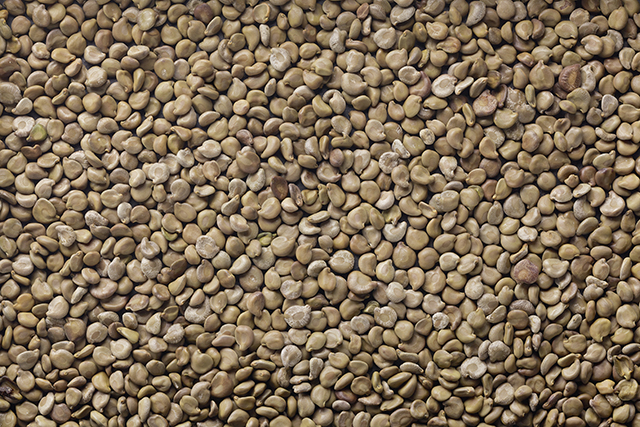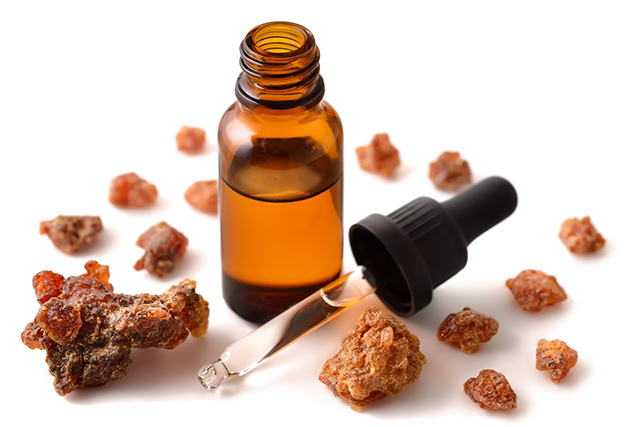Natural remedies for dermatitis
11/16/2018 / By Zoey Sky

Dermatitis is the general name for skin inflammation. This condition is often linked to symptoms such as itchy skin and rashes.
Many individuals often suffer from dermatitis, which comes in various forms. The condition includes eczema, which causes a very itchy red rash. This rash will often cause little bumps to form on a person’s skin. In time, these bumps will ooze until unsightly crusts form over them.
Types of dermatitis
Various factors can cause dermatitis. Below are some of the most common types of this skin condition.
- Atopic dermatitis – Atopic dermatitis, which is commonly called eczema, is often inherited. Eczema develops during infancy, and a person with eczema may have rough patches of dry and itchy skin.
- Contact dermatitis – Contact dermatitis occurs when a substance touches your skin and causes an allergic reaction or irritation. This kind of dermatitis may cause rashes that blister, burn, itch, or sting.
- Dyshidrotic dermatitis – This kind of dermatitis happens when a person’s skin can’t protect itself. Dyshidrotic dermatitis, which mainly occurs on someone’s hands and feet, causes itchy and dry skin that usually has small blisters.
- Seborrheic dermatitis – Seborrheic dermatitis, which is called cradle cap when it develops in infants, often forms on the scalp. This condition may cause dandruff, red skin, and scaly patches. The symptoms can also occur in other areas of the skin, such as the chest or face.
Other types of dermatitis include:
- Neurodermatitis – This is linked to an itchy patch, which is usually triggered by stress or something that irritates a person’s skin.
- Nummular dermatitis – This skin condition may cause oval sores to form on the skin. It usually occurs when a person suffers an injury to the skin.
- Stasis dermatitis – This form of dermatitis is linked to skin changes caused by poor blood circulation.
Home remedies for dermatitis
If you are suffering from dermatitis, the remedies below may help ease your symptoms:
- Avoid exposure to certain plants – Dermatitis may be triggered by some irritating plants. If you need to go outside, wear protective clothing such as long-sleeved shirts, long pants, and boots.
- Care properly for sensitive skin – If your skin is generally sensitive, prevent more rashes from occurring by taking the necessary precautions. Wash new clothing and bed sheets or pillowcases before you use them. When buying clothing, opt for natural fabrics like cotton instead of synthetics or wool, which may irritate your skin. Use gentle soap and always moisturize your skin.
- Cold compress – Applying a cold compress to the skin area affected by dermatitis may help soothe the itching and burning sensation. Instead of water, you can also soak a rag in cold, whole milk. The proteins in the milk can help reduce the itching and dry out the rash. (Related: Treating eczema and dermatitis in infants.)
- Don’t scratch your skin – It may be hard to resist the urge, but don’t scratch your skin. Doing so will only irritate it. Your hands and fingernails may harbor lots of germs, which can cause infections if you keep scratching your skin.
- Identify and eliminate irritants – If you believe that your dermatitis is due to an allergic reaction to something in your environment, you can prevent the skin condition by identifying the irritant and getting rid of it. Think of any recent changes that you have made, such as wearing new clothing or using different skin care products. In most cases, people are allergic to metals like gold, silver, or nickel. If you’re wearing new jewelry or accessories made of these metals, stop wearing them and check if your rash goes away.
Find more ways of taking care of your skin naturally at Remedies.news.
Sources include:
Tagged Under: botanicals, dermatitis, eczema, herbal medicine, herbal remedies, home remedies, inflammation, itchy skin, natural cures, natural healing, natural health, natural medicine, natural remedies, prevention, remedies, research, skin conditions, skin disorders, skin inflammation




















